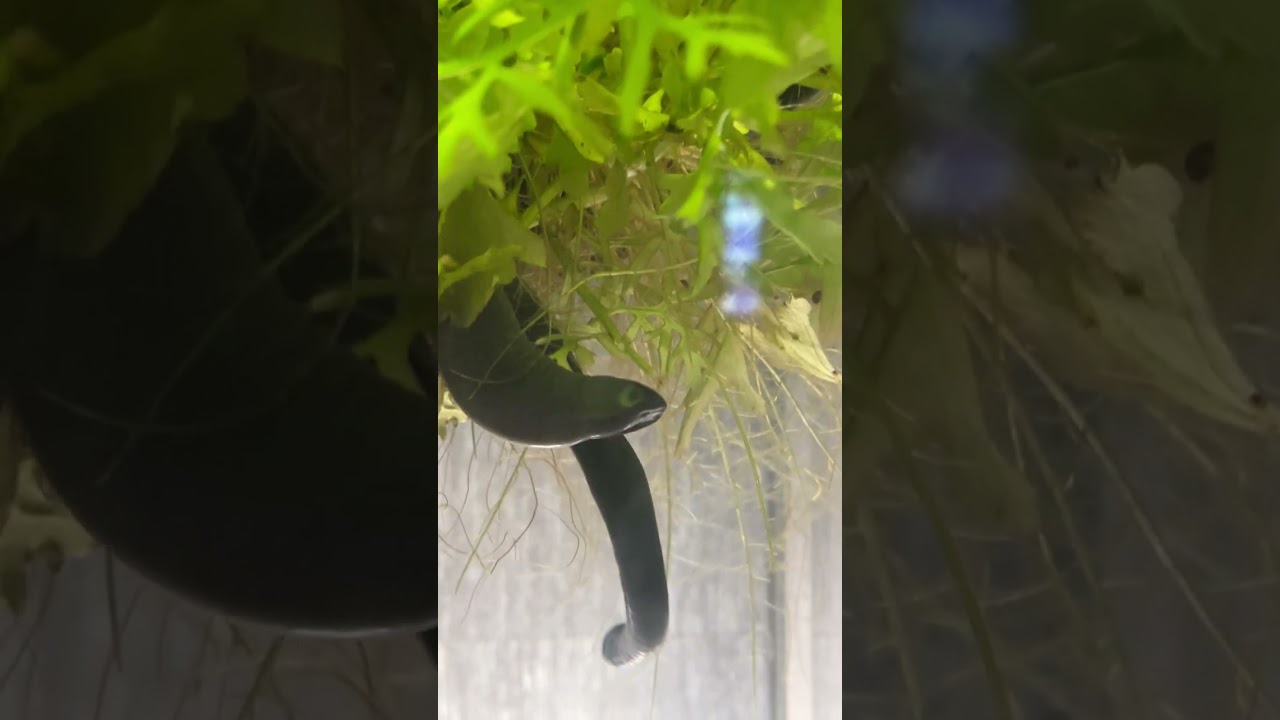– Exploring the diverse habitat preferences and adaptations of Tiny Wows Covert Amphibians
– The importance of conservation efforts for Tiny Wows Covert Amphibians
– Examining the role of zoos and wildlife parks in educating the public about Tiny Wows Covert Amphibians
– Understanding the challenges in Tiny Wows Covert Amphibians research and documentation
Tiny Wows Covert Amphibians represent a fascinating yet often overlooked group within the amphibian family. Their size and secretive nature make them remarkable subjects for zoology and conservation science study. This article aims to illuminate these amphibians, uncovering their life habits, the significance of their conservation, the educational role of zoological parks, and the hurdles faced by researchers in bringing their stories to the fore.
The habitats of Tiny Wows Covert Amphibians are as varied as the species themselves, spanning from tropical rainforests to temperate woodlands. These amphibians have developed various adaptations to survive in their specific environments. For instance, some species possess vibrant colors not merely for aesthetic appeal but as a deterrent to predators, signaling the potential toxicity of the amphibian. Others have evolved remarkable camouflaging abilities, blending seamlessly with their surroundings to evade detection. These adaptive strategies reveal the amphibians’ resilience and the intricate balance of ecosystems.
Conservation efforts for Tiny Wows Covert Amphibians are of paramount importance due to their sensitivity to environmental changes. Amphibians, in general, serve as indicator species, and their health reflects the overall condition of their habitats. Many Tiny Wows Covert Amphibians are threatened by habitat destruction, pollution, and climate change. Preserving their populations not only helps maintain ecological balance but also safeguards the genetic diversity vital for the adaptability and survival of species. Conservation programs often involve habitat restoration, legal protection, and captive breeding initiatives to release individuals back into the wild.
Zoos and wildlife parks play a crucial role in educating the public about Tiny Wows Covert Amphibians’ importance and preservation. By providing a glimpse into the lives of these elusive creatures, these institutions foster a connection between visitors and wildlife. Interactive exhibits and educational programs allow individuals to learn about the amphibians’ anatomy, behavior, and the challenges they face. This increased awareness can inspire a sense of stewardship and support for conservation efforts. Furthermore, zoological institutions often contribute directly to research and conservation projects, highlighting their integral role in the fight against biodiversity loss.
Researching Tiny Wows Covert Amphibians presents unique challenges due to their elusive nature. Documenting their life cycles, behavior patterns, and population dynamics requires patience, precision, and innovative techniques. Scientists often employ a combination of field observations, remote sensing technology, and genetic analysis to gather comprehensive data. However, accessing their habitats’ often remote and rugged terrain can pose logistical challenges. Despite these obstacles, ongoing research is vital for understanding these amphibians and developing effective conservation strategies.
Tiny Wows Covert Amphibians are fascinating creatures that capture the essence of biodiversity and the complexities of ecological systems. Their study enriches our understanding of the natural world and highlights the urgency of conservation efforts. Through scientific research, public education, and dedicated conservation programs, it is possible to secure a future for these remarkable amphibians. As our knowledge of Tiny Wows Covert Amphibians grows, so does our ability to advocate for their preservation, ensuring that they continue to thrive in their natural habitats for generations.
*****
Source Description
While you’re at the Aquarium, be sure to pump the brakes while exploring the galleries. Otherwise, you risk missing many ‘tiny wow’ moments, like the easily overlooked Aquatic Caecilian exhibit in the Rivers of the World gallery.
Take it from our Water Quality Lab Technician: this isn’t one to rush past!
#amphibians #caecilian #caecilians #aquaticlife #reptiles #herpetology #biology #animals #tennesseeaquarium #lookcloser


